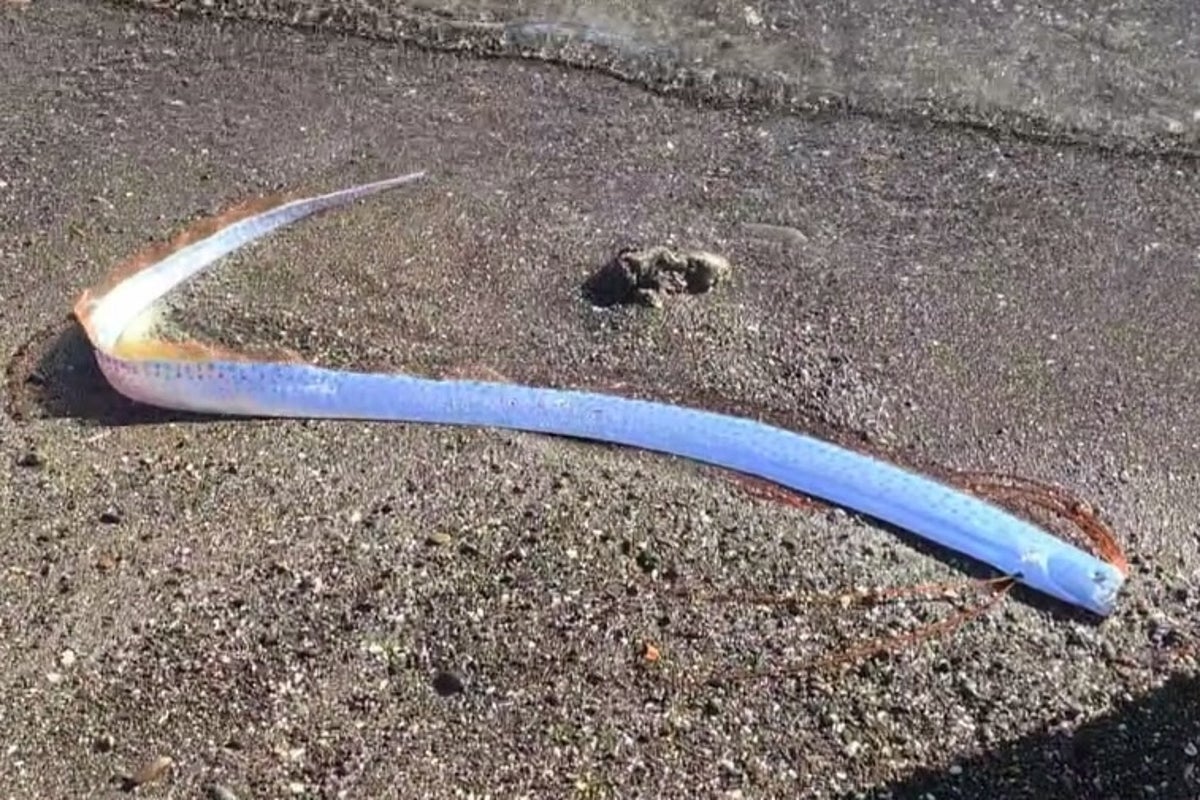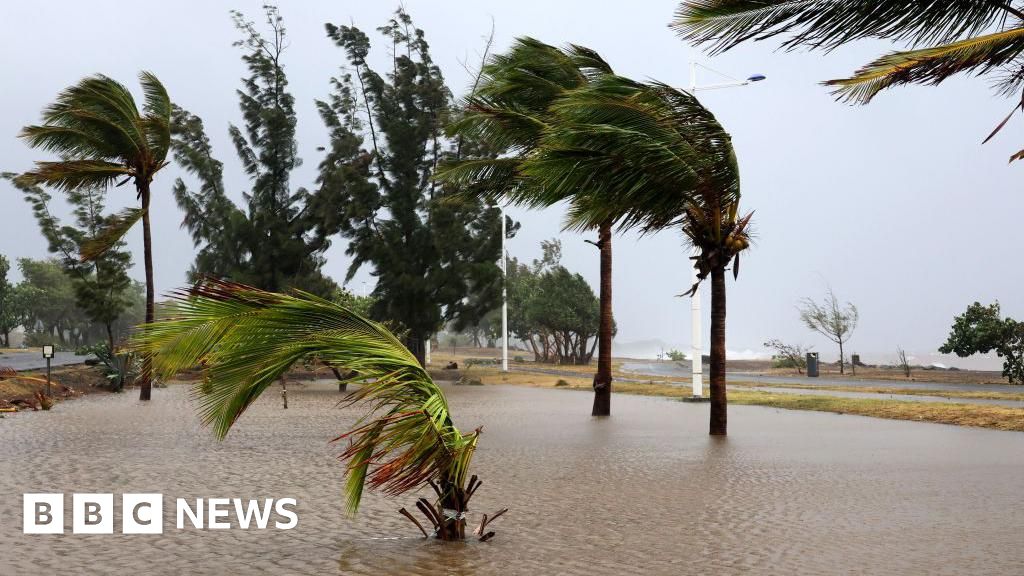
Your Contributions Empower Our Storytelling
From issues of reproductive rights to climate change and the influence of Big Tech, The Independent consistently reports on emerging stories. Whether analyzing financial reports related to Elon Musk’s pro-Trump PAC or documenting the brave American women advocating for reproductive rights in our latest film ‘The A Word’, clarity amid the noise of misinformation is essential to us.
In this pivotal time for the United States, having reporters on the ground is crucial. Your generosity enables us to continue sending journalists to report on both perspectives of every story.
The Independent enjoys the trust of a diverse American audience. Unlike many reputable news organizations, we do not impose paywalls that restrict access to our reporting and insights. We believe that top-notch journalism should be accessible to all and funded by those who are able to contribute.
Your support truly makes a difference.
A rare deep-sea fish, known as a harbinger of misfortune, has washed ashore in the Canary Islands.
Beach visitors in Lanzarote found the oarfish on February 10, igniting concerns among the superstitious.
This elongated, ribbon-like fish typically resides in the mesopelagic zone, a deep-water area where sunlight can’t reach.
Commonly referred to as “doomsday fish,” these creatures have developed a mythic reputation for predicting earthquakes or other natural disasters. For instance, prior to the 2011 earthquake in Japan, 20 oarfish were discovered stranded on multiple beaches.

A video capturing the moment this shimmering fish, characterized by its orange fins, was found has gone viral, garnering over nine million views on Instagram.
In the footage, a man in swimwear closely approaches the stranded oarfish, referred to in Japanese folklore as the “Messenger of the Sea God” or ryūgū no tsukai.
This particular oarfish washed up on the shores of Playa Quemada, an area challenging to study due to these fish’s preference for deep-sea environments.
Previously, in 2013, two oarfish were detected on California beaches, and scientists speculated they could have perished due to seismic activity beneath the seabed occurring days or weeks before an earthquake.
Another theory posits that a significant release of carbon monoxide gas prior to seismic events may disrupt the behavior of oarfish and other deep-sea species.
One viewer commented on the video: “Something bad is going to happen.”
Another viewer noted: “These fish appear before natural disasters.”
A third user agreed, stating, “Typically, their emergence signifies an impending earthquake.”
According to the National Oceanic and Atmospheric Administration, oarfish can grow to lengths exceeding six meters.
When an oarfish washed ashore in California last year, Rachel Grant, a lecturer in animal biology at Anglia Ruskin University, highlighted that the ancient Japanese belief connecting oarfish appearances with earthquakes may hold some validity.
“It’s conceivable that during an earthquake, pressure builds in the rocks, causing electrostatic charges that release electrically-charged ions into the water,” Dr. Grant explained.
“This reaction can produce hydrogen peroxide, a toxic substance. Furthermore, charged ions may oxidize organic matter, which could either kill the fish or drive them from their deep-ocean habitat to the surface.”

Related Posts
Tragic Impact of Cyclone Garance: Three Lives Lost on Reunion Island
Getty Images Tragedy struck Reunion Island as Cyclone Garance wreaked havoc, leading to the loss of three lives. The cyclone, which made landfall with wind speeds reaching 234 km/h (145…
Starmer Engages with Trump and Zelensky After Controversy at the White House
UK Prime Minister Sir Keir Starmer Engages in Talks with Trump and Zelensky Amid Tensions Over US Support for Ukraine UK Prime Minister Sir Keir Starmer recently reached out to…








